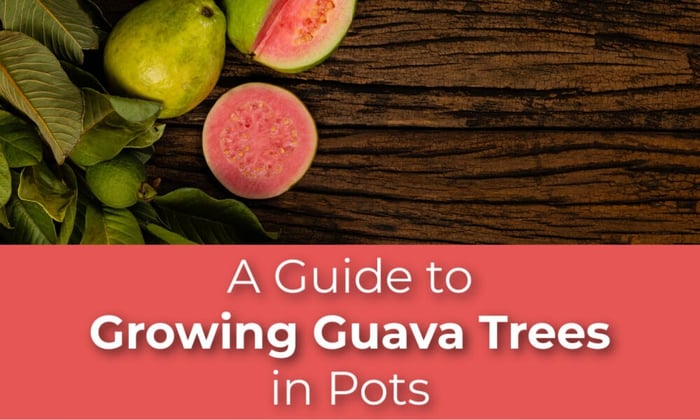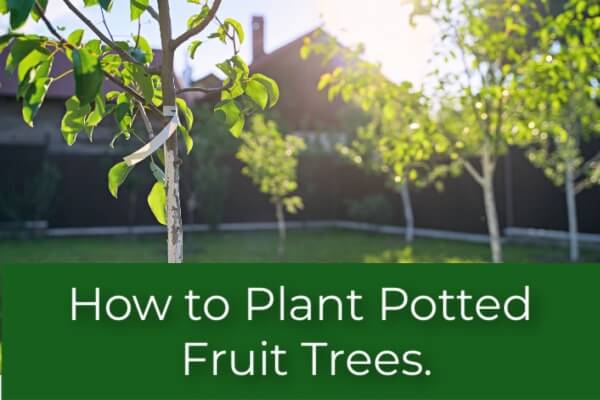Growing Guava Trees in Pots
If you are curious about growing guava trees at home, but don’t have a lot of garden space, growing guava trees in pots might just be the solution you're looking for. These tropical delights can thrive in pots with the right care and attention. Here's your guide to nurturing these delectable fruits in a container or a pot.
Choosing the Right Container: Select a container that's spacious enough for the guava's root system to develop. For a young premium sized tree, a pot with a diameter of at least 12" is recommended. Ensure it has lots of drainage holes to prevent waterlogging, which can harm the plant's roots.
Ideal Soil and Planting: Guavas prefer well-draining soil with a slightly acidic to neutral pH (5.0-7.0). Use a mix of garden soil, perlite, and compost for optimal growth, or our DIY Primo Potting Mix. Plant your young guava plant in the center of the pot, ensuring the roots have enough room to spread. Soils that are high in salts can be problematic for guavas and should be avoided.
Sunlight Requirements: Guava trees thrive in full sunlight. Place your plant in a location that receives at least 6-8 hours of sunlight daily. However, be careful to protect the plant from harsh midday sun in hotter climates to prevent leaf burn. You can protect your plant with a shade structure or IV Organics Plant Guard.
Watering and Maintenance: Maintain regular watering, especially during the growing season. Water deeply when the top inch of soil feels dry, but ensure excess water drains away. Mulching can help retain moisture and regulate soil temperature.
Fertilization: Fertilize your guava plant with a balanced fertilizer monthly during the growing season (spring and summer) to promote healthy growth. Make sure to fertilize after heavy pruning. Follow the instructions on the fertilizer packaging and avoid over-fertilizing, as it can damage the plant.
Pruning and Training: Regular pruning helps maintain the plant's shape, encourages branching, and improves fruit production. Remove dead or diseased branches and prune for size control. Additionally, you can train your guava into a particular shape, like a bush or a small tree, by selective pruning.
Pests and Diseases: Monitor your plant for common pests like aphids, scale insects, or fruit flies. Treat infestations promptly with organic solutions or insecticidal soap. Additionally, ensure good air circulation around the plant to prevent fungal diseases. It may also be necessary to control ants that are crawling on the guavas. Boric Acid Ant Baits can be an effective ant control.
Harvesting Guavas: Patience is key when waiting for your guava plant to bear fruit. Depending on the variety, it may take a year or two for the plant to mature and produce fruit. Guavas typically ripen on the tree and are ready for harvest when they emit a sweet aroma and feel slightly soft when gently pressed.




